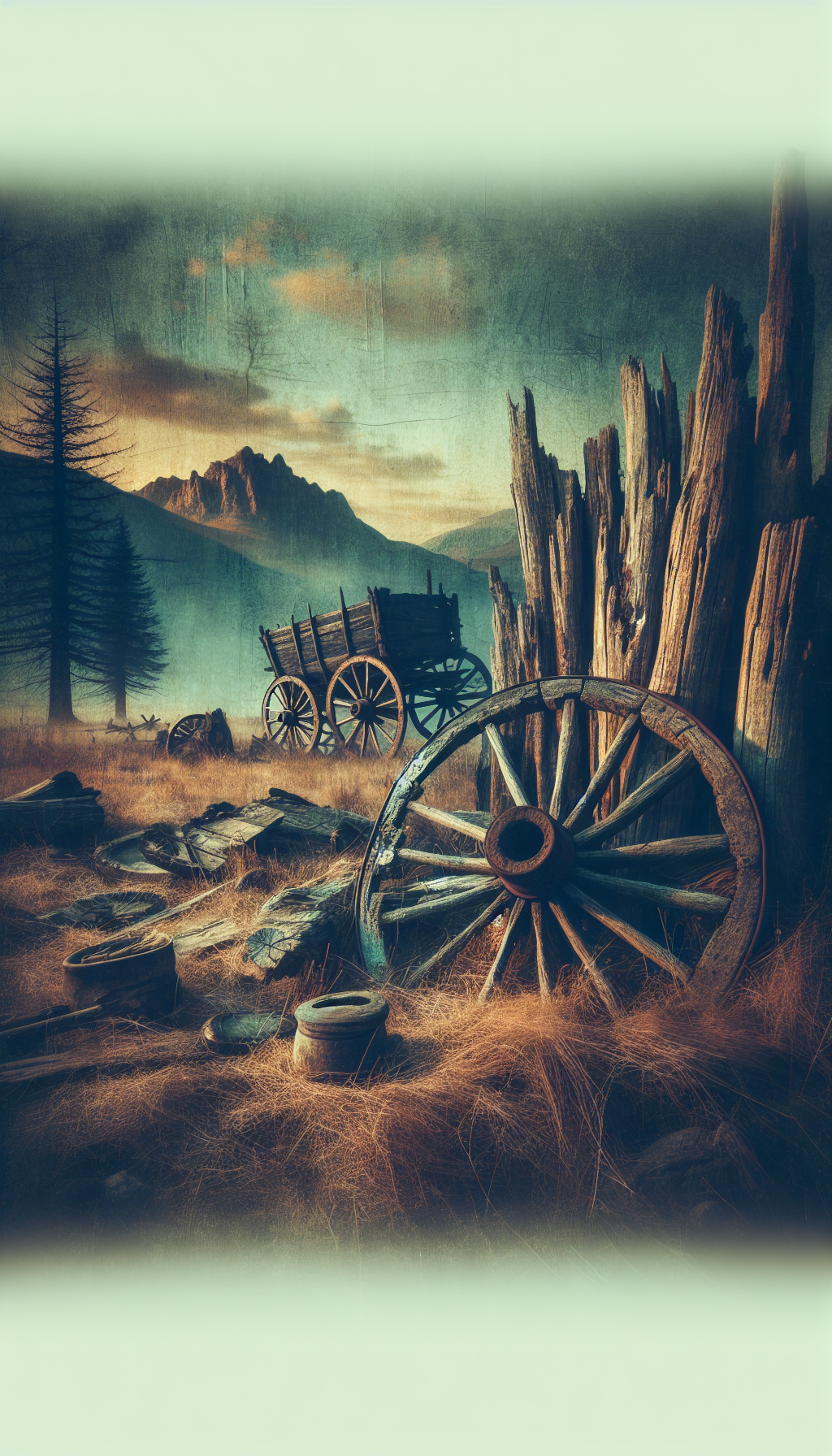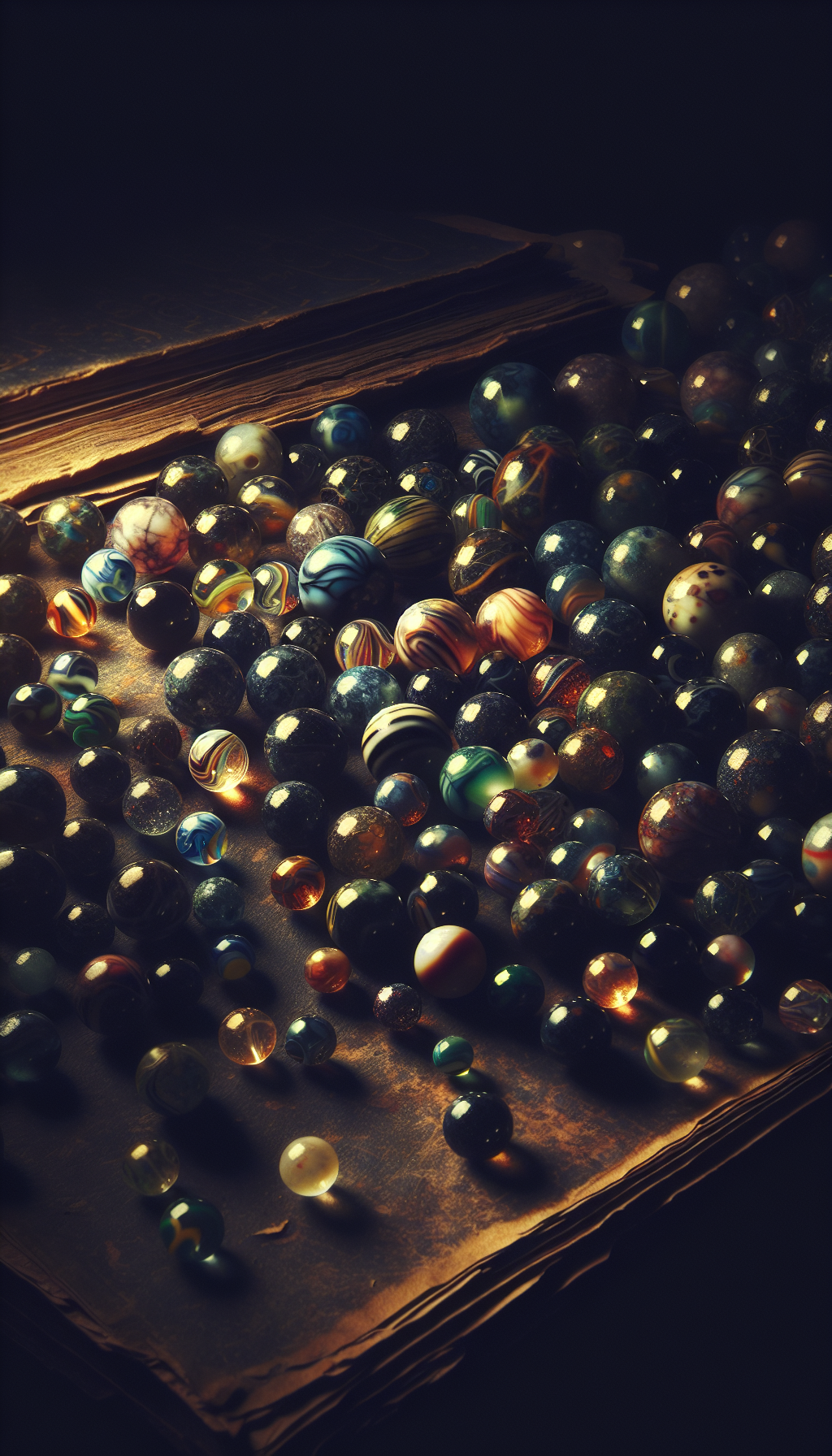An Original Painting By Listed Artist Chance Robinson
Collectors and appraisers often pause when they encounter this phrase: “An original painting by listed artist Chance Robinson.” The words “original” and “listed” carry weight in the market, but translating them into a confident attribution and a defensible value requires methodical work. This guide walks you through the critical steps—authentication, condition assessment, comparables, and selling options—so you can make informed decisions about a painting attributed to Chance Robinson.
What “Listed Artist” Really Means
In art-market shorthand, a “listed artist” is one whose name appears in recognized artist directories, dealer indices, or auction databases. Being listed generally indicates:
- The artist has a public record: exhibitions, gallery representation, or auction sales.
- Prior market activity exists: past sales that can be used as comparables.
- Some level of scholarly or trade recognition: mention in artist dictionaries, catalogues, or institutional lists.
Important caveats:
- “Listed” is not a guarantee of high value. It’s a starting point for research.
- Listing quality varies widely. Some artists have a deep scholarly trail; others have only sparse entries.
- The strength of the artist’s market depends on demand, quality, rarity, and recent sales velocity—not the listing alone.
For Chance Robinson, confirm what “listed” refers to in your specific case: a dealer index entry, auction-sale history, exhibition catalog mention, or membership in recognized artist associations. The nature and depth of those listings shape both confidence in attribution and the available comparables.
First Look: Medium, Subject, Size, Date, and Signature
Before diving into databases, perform a disciplined visual and material survey.
- Medium and support:
- Oil on canvas or panel: Check ground layer and canvas weave; note staples or tacks; identify if the support is a modern pre-primed canvas or an older linen.
- Acrylic: Observe edges for acrylic skin and even gloss; this affects dating and technique.
- Works on paper: Identify watercolor, gouache, graphite, or mixed media; note paper type, watermark, and mounting.
- Subject and style:
- Record subject matter precisely (e.g., “harbor at dusk with three fishing boats, low horizon, orange palette”).
- Note stylistic traits: brushwork energy, palette choices, compositional geometry, and recurring motifs that may align with Robinson’s known body of work.
- Size:
- Measure image and overall dimensions to the nearest 0.5 cm or 1/8 inch; size materially influences value.
- Date and inscriptions:
- Look for a date near the signature or on the reverse; capture any inscriptions, titles, or inventory numbers.
- Signature:
- Document exactly as written: “Chance Robinson,” “C. Robinson,” initials, monogram, or block script.
- Photograph the signature in raking light and macro detail.
- Check for later-added signatures (a common red flag): look for different aging, paint sitting on top of a varnish layer, or mismatched craquelure.
Tip: Photograph the front, back, all edges, signature(s), any labels, and the frame’s verso. Good images are essential for remote opinions and preliminary appraisals.
Authentication and Provenance: Building Confidence
Establishing authorship requires consistency across signature, materials, technique, and history.
- Provenance trail:
- Collect bills of sale, gallery invoices, exhibition checklists, correspondence, restoration receipts, and insurance schedules.
- Note labels: gallery, framer, exhibition, shipper. Transcribe every line and keep high-resolution photos.
- Unbroken provenance with reputable galleries and exhibitions strengthens attribution and value.
- Materials coherence:
- Support and medium should be plausible for the claimed date. For example, modern staple-backed canvases, fluorescent pigments, or optical brighteners can contradict an early date.
- Use UV light to detect retouching and varnish layers; IR reflectography can reveal underdrawing or compositional changes when warranted.
- Signature comparison:
- Compare letterforms, slant, spacing, and pressure across multiple known examples attributed to Chance Robinson. Variations are normal, but letter construction typically stays consistent.
- Check placement habits (lower right, lower left) and how the artist integrates the signature into the composition.
- Attributed vs. authenticated:
- “Attributed to Chance Robinson” implies prevailing opinion with some uncertainty.
- “By Chance Robinson” signals consensus and adequate evidence.
- “Circle of,” “Studio of,” or “Follower of” carry distinct meanings and value implications.
When uncertainty remains, commission a qualified appraiser or consult a conservator for technical analysis. For higher-value works, seek an opinion from a recognized expert on Robinson’s oeuvre, if available.
Condition and Conservation: The Quiet Value Driver
Two otherwise comparable Robinson paintings can differ dramatically in value because of condition. Assess and record:
- Oil/acrylic on canvas or panel:
- Craquelure: fine age cracks are normal; active cupping or flaking is a risk.
- Warping, panel splits, or canvas distortions.
- Overpaint and inpainting under UV; localized areas may be acceptable, extensive overpaint depresses value.
- Varnish: discoloration or heavy grime; cleaning can reveal color but should be done by a conservator.
- Structural interventions: relining, patching, strip-lining, replaced stretchers—note interventions and quality.
- Works on paper:
- Foxing, toning, staining, mat burn, and abrasions; these often reduce value.
- Mounting method: pressure-sensitive tapes and acidic mats can cause damage.
- Frame:
- Period-appropriate, high-quality frames can add desirability; mismatched or damaged frames may detract.
Conservation can improve both aesthetics and liquidity, but costs may exceed the incremental value for lower-priced works. Always obtain a written treatment proposal, including risks, reversibility, and post-treatment values, before proceeding.
Establishing Fair Market Value: Comparable Sales Done Right
Valuation is a comparative exercise. Start with direct comparables, then widen the lens as needed.
- Define your subject painting:
- Artist: Chance Robinson (listed)
- Medium/support: e.g., oil on canvas
- Size: e.g., 20 x 24 in. (50.8 x 61 cm)
- Date/period: early, mid, or late career (if known)
- Subject: e.g., coastal landscape
- Condition: e.g., original canvas, minor inpainting, clean varnish
- Provenance and exhibition history: list the highlights
- Build a comp set:
- Same artist first: prioritize Robinson’s works that match medium, size tier, subject, date band, and condition.
- Sale venue: differentiate auction hammer prices from dealer retail asks; auction results show market-clearing prices on specific dates.
- Time horizon: prefer results from the last 3–5 years; adjust for evolving demand.
- Adjust comparables:
- Size: larger works often command more, but there is a diminishing return above certain sizes.
- Subject: signature subjects can carry a premium; atypical or less popular themes may discount.
- Condition: deduct for structural repairs, extensive overpaint, or paper issues; add modestly for exceptional, untouched condition.
- Provenance/exhibition: add for museum shows or notable collections; labels alone are not premiums without corroboration.
- Venue and geography: strong regional demand may lift prices in certain salesrooms.
Illustrative adjustment (for method only, not a price guarantee):
- Comparable A (oil, 16 x 20 in., coastal, minor restoration) sold for $6,000 hammer last year.
- Your painting is 20 x 24 in. (+10% size adjustment), more desirable subject (+15%), better condition (+5%), but two years older sale comp (+5% market drift).
- Adjusted indication: $6,000 × 1.10 × 1.15 × 1.05 × 1.05 ≈ $8,721.
- Repeat with 3–6 comps, discard outliers, and reconcile to a range.
- Replace or supplement comps if scarce:
- Use Robinson works in different mediums with careful cross-medium adjustments.
- Reference peers of similar school, period, and market tier to triangulate demand.
- When evidence is thin, state higher uncertainty in the conclusion.
Fair Market Value (FMV) is the price between willing buyer and seller without compulsion; retail replacement value (RRV) is the likely full retail cost to replace the item within a reasonable time. RRV is typically higher and used for insurance, not for estate or donation FMV.
Rarity, Subject Hierarchy, and Market Dynamics
Value concentrates where scarcity meets demand.
- Periods and phases:
- Early, experimental periods may be rarer.
- “Mature” works often represent peak demand if they match the artist’s recognized style.
- Subject hierarchy:
- Artists usually have subjects collectors chase. If Chance Robinson is best known for, say, marine nocturnes or cityscapes, those subjects will outperform portraits or generic landscapes.
- Editions and multiples:
- Ensure the work is unique if described as an original. Works on paper might exist in series; note if yours is a unique composition or part of a set.
- Market timing:
- Seasonality affects liquidity; late spring and fall can be stronger for consignments.
- Fresh-to-market pieces with good provenance can outperform expectations.
Selling and Insurance: Choosing the Right Channel
Each disposal path has tradeoffs in control, speed, fees, and net proceeds.
- Auction:
- Pros: transparent exposure, competitive bidding, quick sale cycle.
- Cons: seller’s commission, photography/illustration fees, and risk of low price if reserves are set too high or the sale is thinly attended.
- Steps: obtain presale estimates, clarify reserve policy, negotiate commission, and confirm insurance and transport terms.
- Gallery consignment:
- Pros: curated audience, potential for higher price positioning, relationship-building.
- Cons: longer time-to-sale, consignment commission, less transparent price discovery.
- Key terms: consignment period, net-to-consignor, marketing commitments, insurance.
- Private sale:
- Pros: discretion, tailored negotiation, potentially lower fees.
- Cons: narrower buyer pool, requires strong documentation and pricing discipline.
- Insurance appraisals:
- For RRV, request a replacement-value appraisal with full description, images, and rationale.
- Update appraisals every 3–5 years or after significant market changes or conservation.
Ensure all agreements are in writing and that the work is properly insured door-to-door during transport and consignment.
Red Flags and Risk Mitigation
- Signatures that fluoresce differently under UV or that sit atop an old varnish layer.
- Incongruent materials for the claimed date or period (e.g., pigments introduced later).
- Overly optimistic claims without documentation (e.g., “exhibited widely” with no citations).
- Frames or labels that seem period-inconsistent or newly applied.
- Aggressive cleaning or “varnish removal” by unqualified hands; this can irreversibly damage the work and value.
When in doubt, pause. A measured pace protects both the painting and its market potential.
A Practical Checklist
- Identify:
- Record medium, support, size, subject, and any dates/inscriptions.
- Photograph front, back, edges, signature(s), labels, and frame verso.
- Provenance:
- Gather bills of sale, exhibition records, gallery invoices, and prior appraisals.
- Transcribe and photograph all labels and inscriptions.
- Condition:
- Note structural issues, overpaint, varnish condition, and frame state.
- Obtain a conservator’s condition report for significant works.
- Authentication:
- Compare signature and technique to known examples of Chance Robinson.
- Consider technical imaging (UV; IR when indicated).
- Valuation:
- Build a comp set of recent, closely matched sales; adjust for size, subject, condition, and venue.
- Reconcile to an FMV range; distinguish from insurance RRV.
- Strategy:
- Choose a sale channel (auction, gallery, private) with clear timelines and fees.
- Document everything and insure appropriately throughout.
FAQ
Q: Does “listed artist Chance Robinson” guarantee the painting is authentic? A: No. “Listed” means the artist has a market and published record, not that a specific artwork is authentic. Authentication depends on materials, technique, signature comparison, and provenance.
Q: How much does a signature add to value? A: A genuine, period-consistent signature supports attribution and liquidity. However, the primary drivers remain quality, subject, size, condition, and demand. A weak painting with a signature won’t outperform a strong unsigned study in some markets.
Q: Should I clean the painting before appraisal? A: No. Do not clean or revarnish before an appraisal. Surface condition is part of the assessment, and improper cleaning can reduce value. If needed, a conservator can propose safe treatment after valuation.
Q: What if there are no recent auction results for Chance Robinson? A: Use a layered approach: older results adjusted for market drift, gallery price intelligence, and comparables from closely related artists. Acknowledge higher uncertainty and consider a trial sale in a suitable auction to establish price.
Q: Is the frame important to value? A: Yes. Period-appropriate, high-quality frames can enhance value and desirability. Keep original frames with the painting and document any changes or reframing.
With disciplined research and clear documentation, you can move beyond the label of “listed artist” to a supported attribution and defensible value for an original painting by Chance Robinson.




